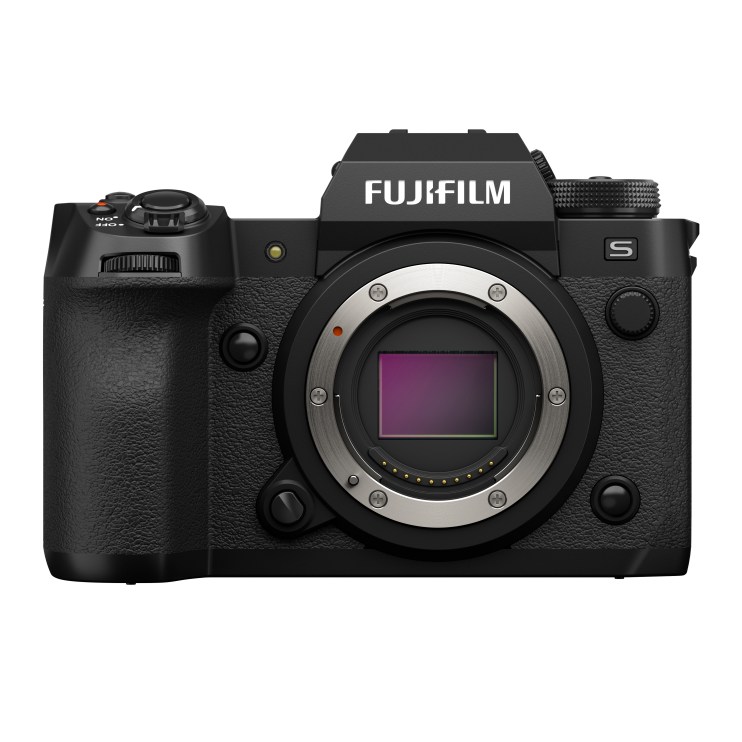Fujifilm X-H2S: Why this could be the perfect camera for your perfect day

Some days I just love my job; take a perfect day like today, where I get to tell you all about the Fujifilm X-H2S. Then there are other times, such as the day I got soaked to the skin testing its weatherproofing. Despite getting drenched the Fujifilm X-H2S functioned flawlessly, something I wish I could say of so many other cameras that professed such robust properties only to fall at the first sign of drizzle; one of the many features that so impressed me while testing this amazing device.
You may think it odd that I say “device” rather than a camera but as I examined the features on the X-H2S it struck me that we are at that point in camera evolution where this is more a computer with a lens than simply a camera. For a start let’s consider its autofocus – Fujifilm’s new AI subject detection software can recognise and focus specifically on animals, birds, cars, motorbikes, aeroplanes, or trains, with the subject selection available via the onscreen quick menu. Like Fujifilm’s previous models, the X-H2S can also detect and focus on human faces and eyes. Given the sensor’s rapid 120fps readout speed, the camera takes autofocus readings faster, ensuring greater accuracy. In fact, in low light, it’s simply the best autofocus I’ve ever used.
The 26.2 MP files created by the X-H2S’s APS-C stacked sensor are sublime, especially at higher ISOs, so much so that I’m now happy to shoot at 1,000 ISO (being of a certain vintage, that was something way outside my ISO comfort zone). To top that, you also have Fujifilm’s excellent in-camera Film Simulation modes that provide a smorgasbord of colour processing styles including my favourite Velvia/VIVID.
As you would expect from the new flagship of the Fujifilm range, the build quality of the X-H2S is superb, and given how much technology is packed into so little space the body is surprisingly compact. It sits nicely in my medium-size hands and the integral sculpted handgrip is a nice touch, feeling natural and precise, and given how long I can be carrying the thing, it’s refreshingly lightweight and balanced.
Again, considering how much technology is crammed into such a compact container, I am dumbfounded as to how long its battery lasted. Long gone are the days of cramming your pockets with batteries just to shoot half an hour n– this battery somehow lasts the whole day.
Given the constraints of this or indeed any review, it’s impossible to explain all of this camera’s amazing features here. A flick through the gargantuan instruction manual reveals such bells and whistles as internal advanced filter options and endless custom settings. I’m struck by this thought – never in a month of Sundays will I use them all in the time I have, let alone describe them to you. But I’d be doing you and it a disservice if I failed to mention the excellent viewfinder, brilliant rotating rear screen, 5-axis in-body stabilisation that’s rated for 7 stops of shake reduction, the staggering 40fps shooting rate even with full resolution raw files, and its 6K video capability.
At £2,500 for the body, some might say the X-H2S is expensive for an APS-C “cropped frame” camera. I disagree. Given the plethora of features and the extensive range of superb affordable lenses available in comparison to some rival brands, the Fujifilm X-H2S is a bargain. Indeed, who needs a full-frame camera when you can have an APS-C system that punches way above its weight?
Thanks to those evil geniuses at Fujifilm, I’ve fallen completely for the X-H2S. Unfortunately, this one has to go back to the boffins – sometimes I just hate my job. But if you’re in the market for an excellent all-rounder, this could be the perfect camera for your perfect day.